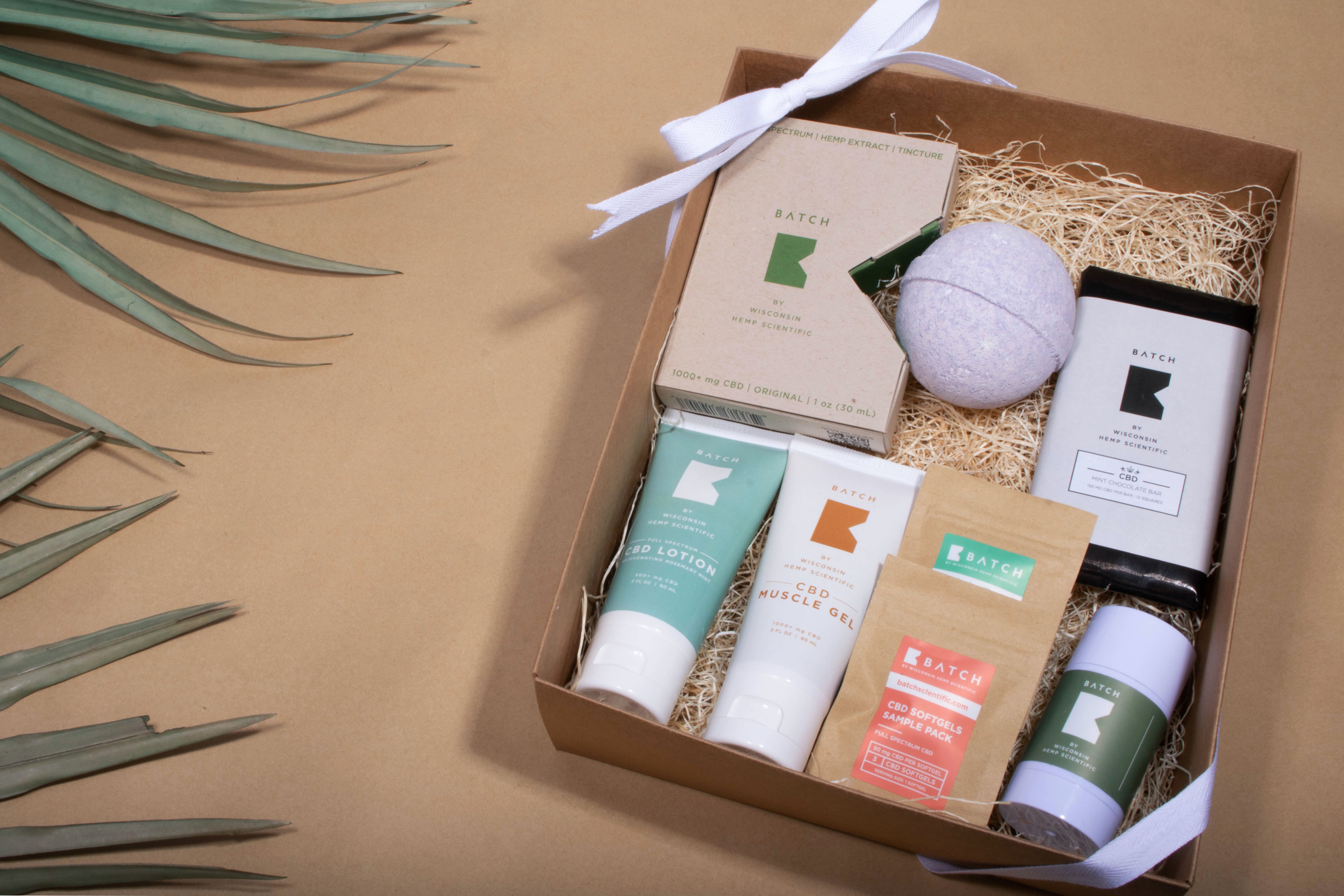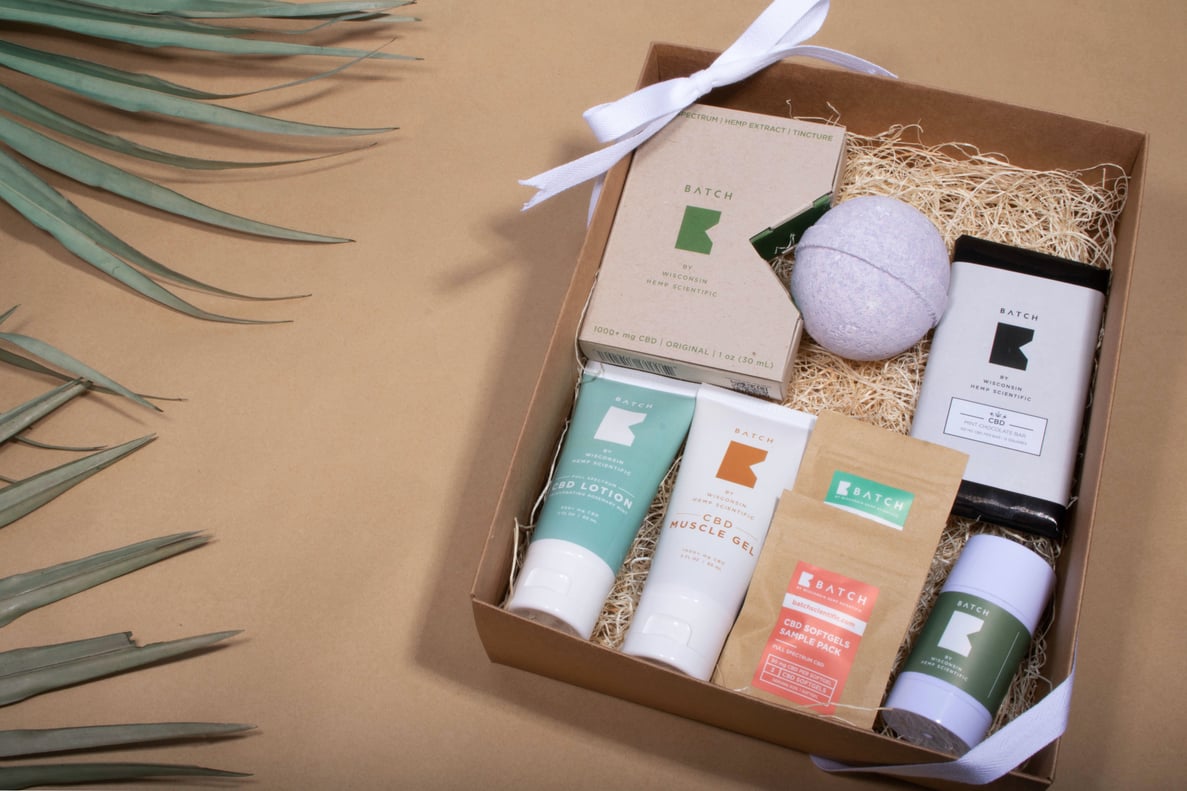Many people unknowingly have their first interaction with a kitted group of products at a very young age. A small splinter, a skinned knee, or some other minor childhood mishap results in an appearance by the dreaded first aid kit.
Full of assorted bandages, gauze, a set of tweezers, alcohol wipes, etc., this single kit is a perfect example of the utility of combining related items together into one package.
Flash forward to today, and product kitting has become an incredibly important part of the eCommerce retail landscape. From DIY projects to subscription boxes, the market has recognized and embraced the benefits of kitting for both consumers and merchants alike.
At SkuNexus, we design management software systems to help online brands streamline and improve their eCommerce backend operations. From inventory management to order fulfillment to customer satisfaction, we know how useful kitting can be.
Here, we would like to briefly discuss the fundamentals of kitting, take a quick look at the kitting process, and touch on how brands can employ it to bolster efficiency, reduce costs, and increase sales.

What is Kitting?
It can be helpful to understand what something is by also learning what it is not. Because many people often confuse kitting and bundling, let’s begin by explaining the differences between the two.
Bundling and kitting both involve grouping multiple products together and selling them as a whole. The critical difference lies in how they are managed within a merchant’s inventory system.
When a retailer notices that customers who buy X also like to buy Y and Z, and then offers all three items together for purchase, it has bundled them. They will most likely be packaged and shipped in the same box, however the shopper who orders the bundle is still buying three individual items (each with its own SKU).
When kitted items are sold, the group itself is treated as a single unit and identified in inventory by a unique SKU. Thus, kitting not only simplifies inventory management but also helps optimize the fulfillment process. By assembling pre-packed product sets, for example, a merchant can reduce the amount of time warehouse employees spend picking, packing, and shipping the order.

Types of Kits
The range of what can be put together into a kit is virtually limitless, but the types of kits generally fall into a handful of different categories.
Subscription Boxes
The eCommerce-fueled explosion of this model has created countless entrepreneurs eager to develop ideas and funnel concepts into the system. From skin care products to dog treats to slimes-of-the-month, this sector now accounts for more than $20B/year in revenues with some projections to rise another 300% by the end of the decade.
DIY Project Kits
The DIY project kit often contains a seemingly disparate group of tools, materials, ingredients, etc., to make a particular final product. From arts and crafts to knife making to coffee roasting, the kit will contain everything needed for an at-home hobbyist.
Consumable Gift Kits
Traditional gift sets of wine and cheese have given way to artisanal and exotic combinations to please any palate. Coffees, teas, spices, and sauces are now available in kits from every corner of the world.
Product Kits
Product kits typically include different versions of the same product or a number of related products frequently bought together. As a means of inventory management, they can also be used to enhance the sales of products that aren't doing well by mixing them with those that are.

The Kitting Process
The kitting process is very straightforward. It merely involves selecting two or more items and assigning them a new SKU. Still, there are a few operational best practices to consider.
First, a merchant must determine what products will comprise the kit, and multiple strategies can be employed here. As mentioned above, the bundle of complementary items often purchased together is a logical option, as is using sales data to group underperforming SKUs with best sellers into a single package. Providing visibility for new items by combining them with long-standing ones is another possibility.
If a brand is handling its own fulfillment, decisions will need to be made for packing the kits. At a bare minimum, the products should be stored in the same area of the warehouse. Protocols must be established to ensure accuracy in inventory deduction, assembling the kits and use of packing materials just as they would be for normal order fulfillment.
Frequently, online sellers outsource kit fulfillment to a 3PL (third party logistics provider). If choosing this route, make sure the company has extensive experience with kitting services.
Benefits of Kitting
Kitting provides significant convenience and value for customers while at the same time helping merchants increase sales, reduce costs and manage inventory.
Grouping related items together saves shoppers time, first and foremost. From a gift-buying perspective, the convenience provided by kitting assortments at various price levels simplifies what can be an arduous process. Merchants can also pass the savings along to customers. The price difference of a kitted group vs. buying the same items a la carte is an excellent selling point.
For online retailers, kitting underperforming items with best sellers can be an effective way of managing excess inventory, and in fulfillment terms, pre-packing kits means the order goes straight from picking to shipping. Errors can be virtually eliminated, delivery times speeded up, and materials/shipping costs are lowered thanks to the simplicity of the methods involved.
We have only scratched the surface of kitting here. It provides a range of opportunities for both startup retailers and established brands alike, and we will go into greater depth in future articles.
If you would like to keep reading about kitting and everything else related to managing the eCommerce backend, please subscribe to our blog.
If you would like to learn more about SkuNexus, please schedule a demo.




